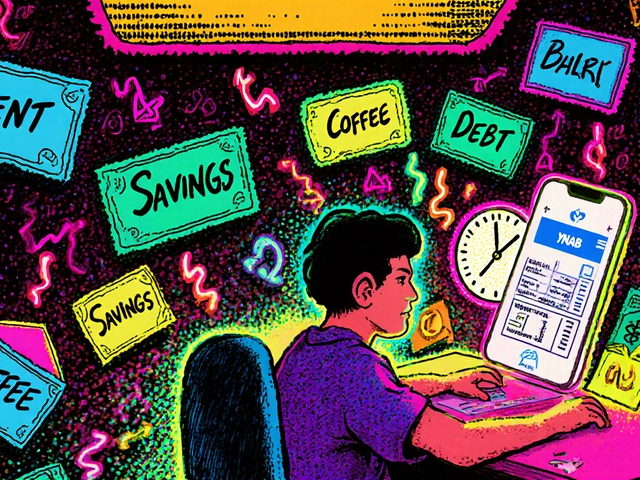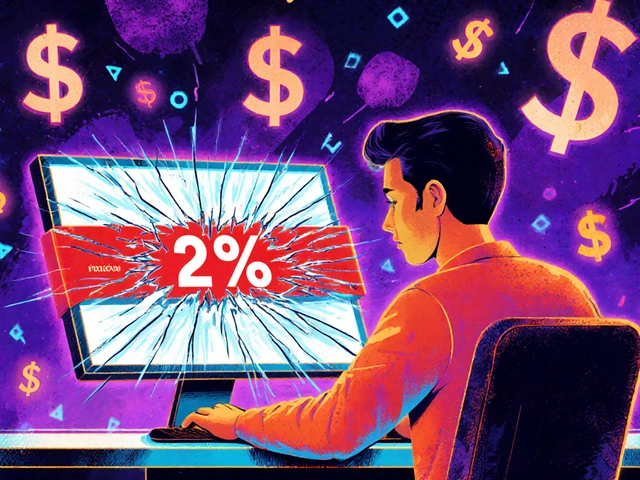Steady Income: How to Build Reliable Cash Flow for Financial Peace
When you think about steady income, a reliable stream of money that keeps coming in without constant effort. Also known as passive income, it’s what lets you pay bills, handle surprises, and finally stop checking your bank account at 2 a.m. This isn’t about winning the lottery or getting rich quick. It’s about building systems—like dividend-paying stocks, government bonds, or automated cash accounts—that turn your savings into a paycheck you didn’t have to earn yesterday.
Many people confuse steady income with a second job, but the real power comes from dividend investing, receiving regular payments from companies that share profits with shareholders. Companies like Coca-Cola or Johnson & Johnson have paid dividends for decades, even through recessions. Then there’s fixed income, assets like U.S. Treasury bonds or municipal notes that pay interest on a set schedule. These aren’t flashy, but they’re the backbone of retirement portfolios. You don’t need to pick individual stocks or time the market. Just set up automatic reinvestments and let time do the work.
What makes steady income different from just saving? It’s predictability. When your cash flow doesn’t swing with the market, you stop reacting to headlines and start planning for life. That’s why people who use cash management accounts, high-yield accounts at brokers that pay nearly 5% on idle cash are quietly beating traditional savings accounts. Or why someone using DRIP enrollment, automatically reinvesting dividends back into the same stock can grow their income without lifting a finger. These aren’t secrets—they’re simple tools used by people who want to stop stressing and start sleeping.
There’s no magic formula. No one-size-fits-all portfolio. But if you’re tired of chasing returns that vanish when the market dips, you’re looking at the right place. Below, you’ll find real strategies from investors who’ve built income streams that last—whether they’re retirees using QCDs to reduce taxes, young professionals using robo-advisors to start small, or anyone who just wants their money to work while they rest.





